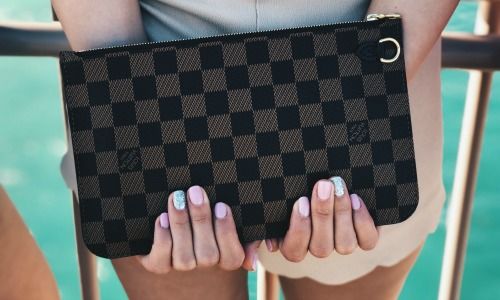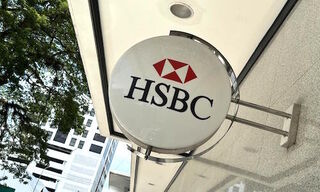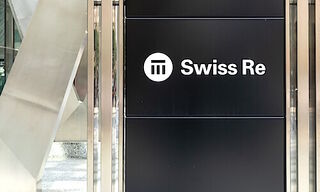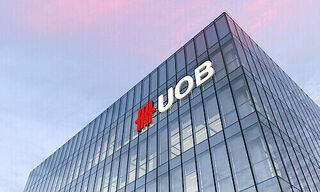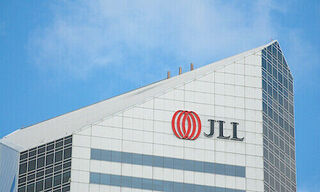According to estimates by consultancy Bain & Co., Chinese account for about one-third of luxury goods consumption globally, but three-quarters of this – over $115 billion – happens abroad because of high domestic taxes.
In a bid to encourage domestic consumption and open up the country's economy, China cut import tariffs on a range of consumer goods in July 2018. The average tariff rate on 1,449 goods imported from most favored nations was cut by more than half to 6.9 percent from 15.7 percent. In April, authorities announced the reduction of value-added tax (VAT) for manufacturing and other sectors.
These moves have eased the economic slowdown, and in the process has helped global brands gain a greater foothold in the world's second-largest economy.
Top Luxury Brand
Louis Vuitton's is the biggest sales driver of its parent brand, LVMH Moët Hennessy – Louis Vuitton SE. LVMH was the world's top luxury brand in terms of sales in 2018, reaching $28 billion, 17.2 percent more than the year before.
Chinese luxury consumption is expected to nearly double to about 1.2 trillion yuan ($175 billion) by 2025 from 770 billion yuan ($111.856 billion) last year, according to a report published by consultancy McKinsey & Co. in April.
- << Back
- Page 2 of 2

